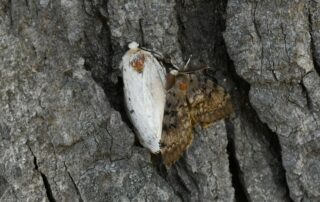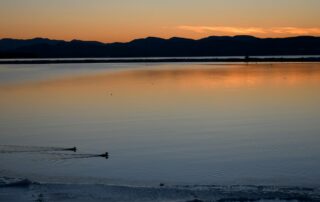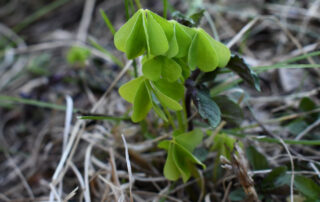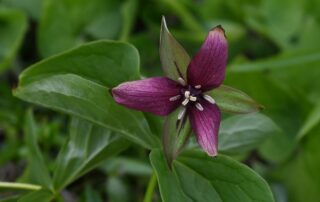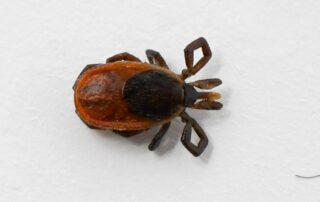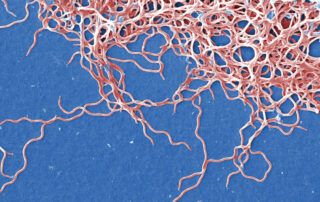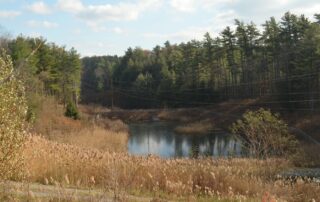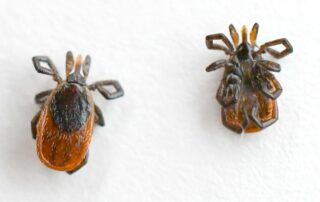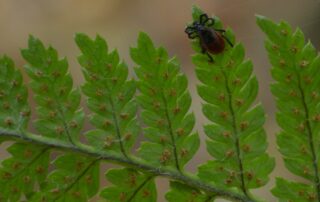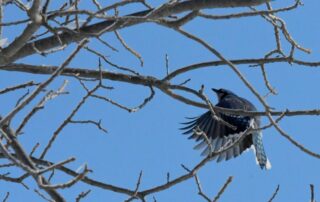Welcome to the Wild Burlington Newsletter
The (mostly) weekly newsletter covers a wide range of natural history topics. You’ll discover the wild world around you with the help of professional naturalist, Teage O’Connor. So if you’re interested in tracking the changing seasons, connecting to your local landscape, and learning more than you ever wanted to know about twigs, then this is the newsletter for you!
Plus, you’ll also get nature quizzes, notes on upcoming events (like the Wild Burlington Lecture series), contests, and awareness activities that will engage you with the wild world. And it’s all delivered right to your inbox.
The newsletter is the perfect learning tool for naturalists of all abilities!
Digging the natural history content?
Please consider supporting Crow’s Path on Patreon.
Be sure to check the archives for back issues.
And shoot me an email if you have an idea for a future blog post, newsletter issue, or podcast episode!
The Wild Burlington Archives
You can also check out the blog for more natural history and the natural history section for field guides, essays, and other explorations of Vermont’s natural history.
Contest: Renaming Lymantria dispar
As part of the Better Names Project, the Entomological Society of America is actively working to rename insects with names that are offensive. Let's help them out by coming up with our own name for the moth, Lymantria dispar
Ducks in the winter
Over the past 205 years, the lake has frozen over 162 times and remained open 43 times. Though the 43 open years aren't even distributed - 65% of these have occurred within the last 50 years, 90% in the last 100 years. And this has had a significant impact on our resident birds. For many birds that depend on wetlands for food and shelter (herons, egrets, bitterns, rails, ducks, terns, sandpipers, etc), the impending freeze up of their habitat in the fall signals that it's time to migrate to more favorable habitats either on the coast or farther south. This is particularly true for shore birds that rely on the shallow parts of rivers, ponds, and lakes which freeze up first and more reliably. These birds tend to be more synced up with the calendar (day length change) than the weather for coordinating migration times.
Heat Stress in Plants
I'll start this newsletter the way I started the last one: It's been hot. Real hot. And while we've had a few warm days earlier in the season, this is the first real stretch of heat for the year. Record breaking heat. When the weather's hot, it can be a real source of stress for organisms. Read on for why heat's a problem and how plants solve the problem!
Stinky Plants
Generally speaking, animal-pollinated (zoophilous) flowers are more effective at effecting the transfer of pollen than wind (anemophilous) because they rely on animals to take pollen directly to another - and hopefully - receptive flower rather than relying on chance. But with all mutualisms, there's a trade off, and flowers must produce enough nectar to entice pollinators into spending enough time buzzing around their flower to pick up stray pollen grains. They then walk, fly, or buzz directly to another flower, often of the same species, bringing pollen right from plant A to plant B (interestingly, most plants have individual flowers or entire individuals within the population that cheat the system and are entirely nectarless). To advertise that nectar is present and ripe for the taking, flowers are often bright, showy, and/or fragrant.
Tick Talk (part 5 of 5)
This is part of a 5-part series on black-legged/deer ticks. This, the last issue, details testing and treatment of Lyme disease, plus a suite of resources
Tick Talk (part 4 of 5)
This is part of a 5-part series on black-legged/deer ticks. This, the fourth issue, details Lyme disease transmission and symptoms.
Tick Talk (part 3 of 5)
This is part of a 5-part series on black-legged/deer ticks. This, the third issue, and gives a look at the habitat and feeding ecology of deer ticks.
Tick Talk (part 2 of 5)
This is part of a 5-part series on black-legged/deer ticks. This, the second issue gives an overview of the life cycle of deer ticks
Tick Talk (part 1 of 5)
This is part of a 5-part series on black-legged/deer ticks. The first issue provides an overview of ticks and their associated hazards
How Things Get Named (Taxonomy pt II)
How Things Get Named Part II in a VI part series 21 Patrons & Counting!! Woohoo! We did it, we reached our first goal [...]

